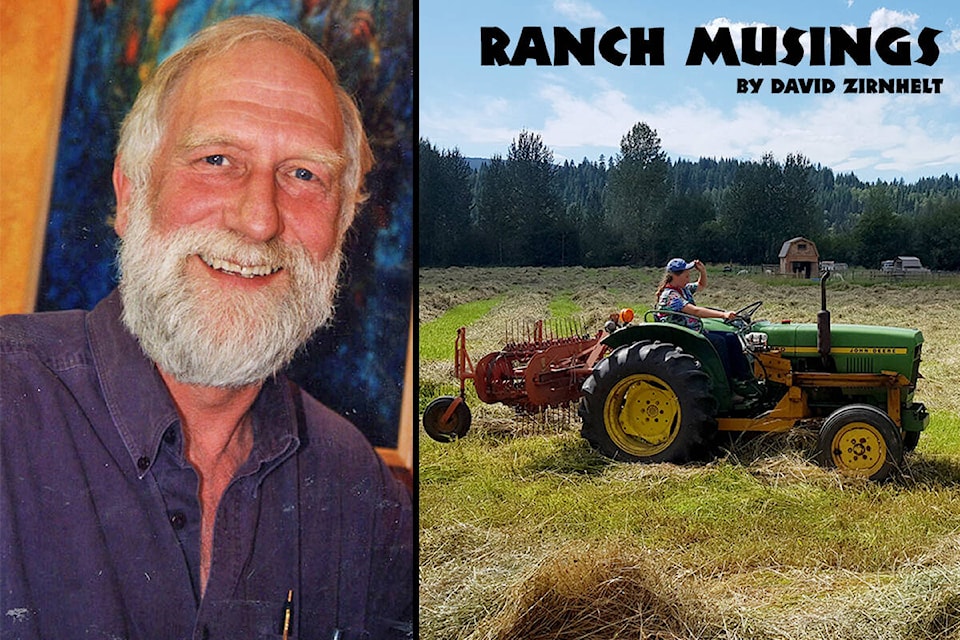While the world and our region are warmer on average, we must remember “climate change” is just that – change. Recently, the head of a local university agriculture program commented on B.C.’s cool spring.
In the Fraser Valley the average temperature this spring has been two degrees below normal and planting is two weeks behind.
Here in the Cariboo our range grasses are slowly greening up, but are mostly not ready for pasturing cows, except at the lower elevations where there is more heat.
What does this mean? Unfortunately, because of hay shortages and the high price of feed grains, many producers will be turning cattle out before the pastures are ready for grazing.
Lucky or great managers will have had some reserves of hay to lengthen the feeding season by a couple of weeks. But with poor hay production due to the extreme heat last year most producers have had to resort to rationing their hay.
Hay just is not available on the market unless those neighbours that have hay can dip into their reserves and help out.
It is painful to witness mother cows whose calves are growing want more and more feed before the grass is ready.
Faced with the need to extend the feeding season, producers can pasture early on some hayfields or stockpiled (on the stem) old grass. If they have some private pasture, then quick rotational grazing will allow minimal negative impact of grazing too early.
This means that moving cattle every few days—less than five or six days—will prevent cattle from eating the early growth then eating the rapid regrowth which happens. This double hit on new growth can result in overgrazing.
Overgrazing is defined as livestock taking the second bite of a plant while it is still using stored sugars in the roots to push up new growth. Plants will take a month or more to recover from this overgrazing.
By moving animals frequently, thus allowing some pastures to be rested, harm to the crops will be reduced.
Hope enters at this point: hope that there will be rain and sun in adequate amounts to allow the plants recovery.
The feelings about making these difficult choices are uncomfortable ones which mean farm and ranch managers must find compensating strategies for the medium term. If we make choices that delay the growth of our hay crops, then we may have to reduce our herds or find alternative feeds if they are available and affordable.
Reports on the U.S. pastures indicate that forage production is 40 percent down in the West and just under 20 percent for the whole country.
Continued drought for seven years in North Dakota drove our family to greener pastures in the Cariboo in 1928, the year before the Great Depression that started with the stock market crash of 1929.
These adaptations are just part of farm and ranch management. The stress of it all is driving farm organizations to address mental health amongst farmers. May more than just the fittest survive.
May they stay in business to thrive another day in the face of inflation, possible recession, climate change (including colder cycles), and shortages of inputs and labour.
Do you have a comment about this story? email:
editor@wltribune.com
Like us on Facebook and follow us on Twitter.
